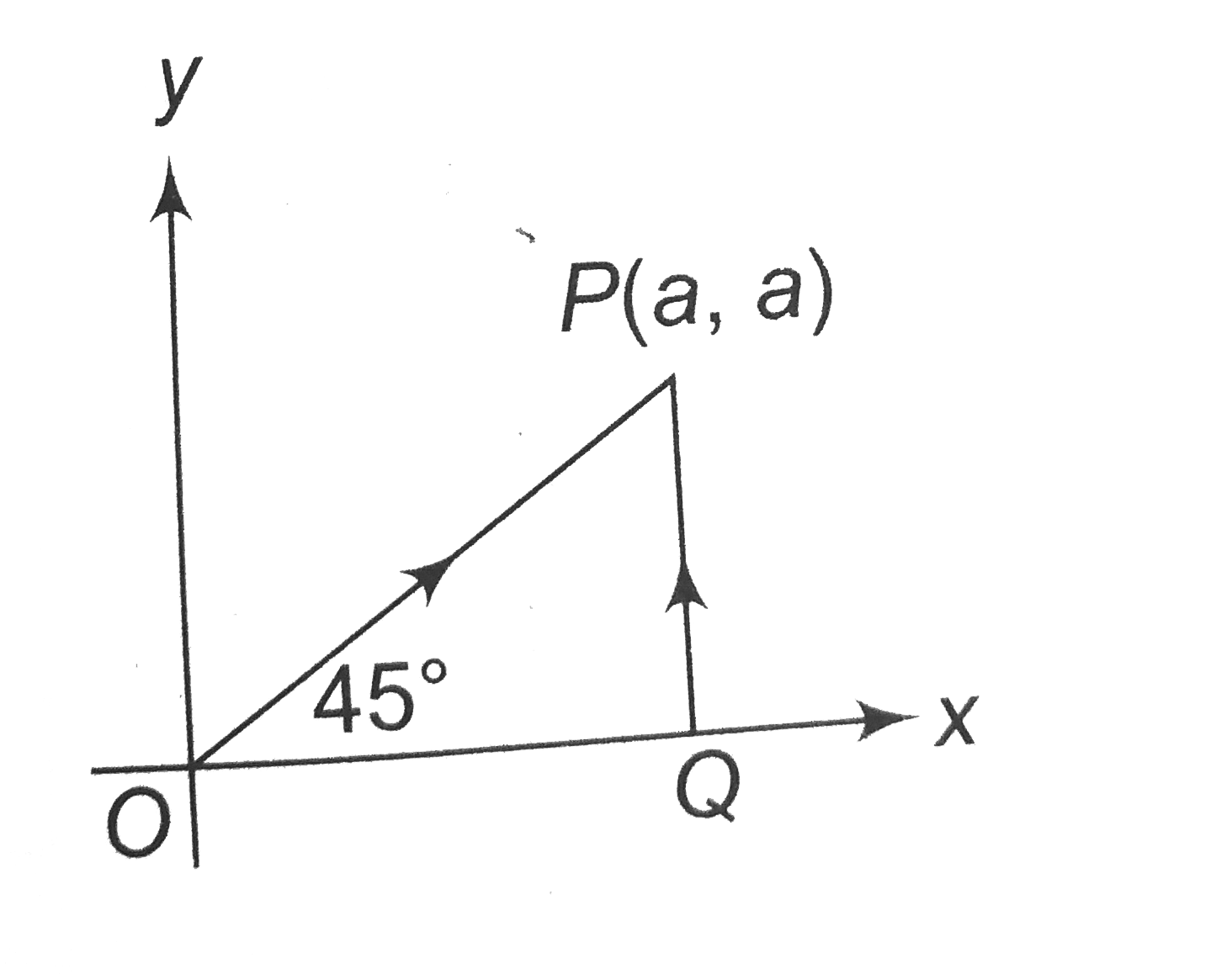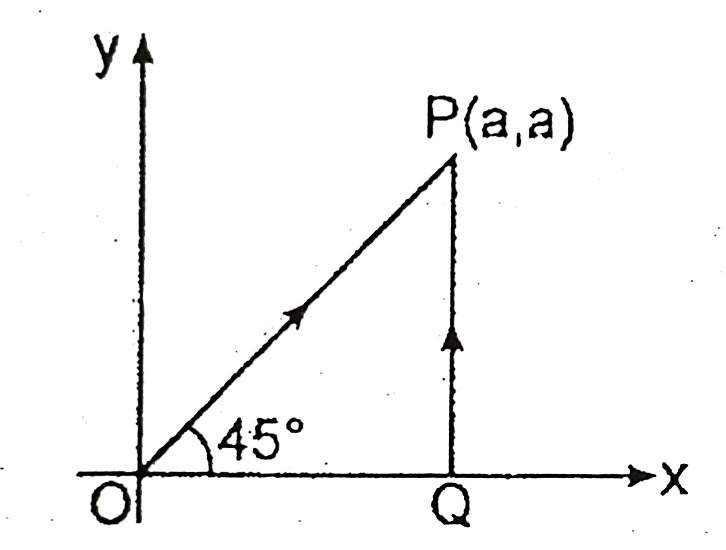A particle is moved from (0,0)to (a,a) under a force ¯¯¯F=(3ˆi+4ˆj) and path 2isOQP.Let W1andW2 be the work by done this force in these to paths .Then .

A
W1=W2
B
W1=2W2
C
W2=2W1
D
W2=4W1
Video Solution
Text Solution
The correct Answer is:A
Given force is a constant force and wolt down is per independent inder a constant force Hence W1−W2
|
Topper's Solved these Questions
- WORK, ENERGY, POWER AND COLLISIONBOOK - A2ZCHAPTER - WORK, ENERGY, POWER AND COLLISIONEXERCISE - Conservation Of Mechanical Energy And Linear Momentum
24 Videos
- WORK, ENERGY, POWER AND COLLISIONBOOK - A2ZCHAPTER - WORK, ENERGY, POWER AND COLLISIONEXERCISE - Mechanical Power
25 Videos
- WORK, ENERGY, POWER AND COLLISIONBOOK - A2ZCHAPTER - WORK, ENERGY, POWER AND COLLISIONEXERCISE - Work-Energy Theorem
27 Videos
- WAVES AND ACOUSTICSBOOK - A2ZCHAPTER - WAVES AND ACOUSTICSEXERCISE - Chapter Test
30 Videos
Similar Questions
Knowledge Check
A particle is moved from (0,0) to (a, a) under a force →F=(3ˆi+4ˆj) from two paths. Path 1 is OP and path 2 is OQP. Let W and W be the work done by this force in these two paths.Then
 AW = W2BW = 2WCW = 2WDW = 4W
AW = W2BW = 2WCW = 2WDW = 4WA particle is moved from (0, 0) to (a, a) under a force a F=(3ˆi+4ˆj) from two paths. Path 1 is OP and path 2 is OPQ. Let W1 and W2 be the work done by this force in these two paths. Then,
AW1=W2BW1=2W2CW2=2W1DW2=4W1A particle is movbed from (0,0)→(a,a) under a force F=(x2ˆi+y3ˆj) from two paths. Path 1 si OP and Path 2 is OQP. Let W1 and W2 be the work done by this force in these two paths. Then
 AW1=W2BW1=2W2CW2=2W2DW2=4W1
AW1=W2BW1=2W2CW2=2W2DW2=4W1
A partical moves from a point (−2ˆi+5ˆj) to (4ˆi+3ˆj) when a force of (4hati + 3hatj) N is applied . How much work has been done by the force?
View SolutionA particle moves from point P(1,2,3) to (2,1,4) under the action of a constant force F=(2ˆi+ˆj+ˆk)N. Work done by the force is
View SolutionDue to a force of (6ˆi+2ˆj)N the displacement of a body is (3ˆi−ˆj)m, then the work done is
View SolutionA particle moves From a point (−2ˆi+5ˆj) to(4ˆj+3ˆk) When a force of (4ˆi+3ˆj) N is applied . How much work has been done by the force ?
View SolutionA particle moves from a point (−2ˆi+5ˆj) to (4ˆj+3ˆk) when a force of (4ˆi+3ˆj)N is applied. How much work has been done by the force?
View Solution
